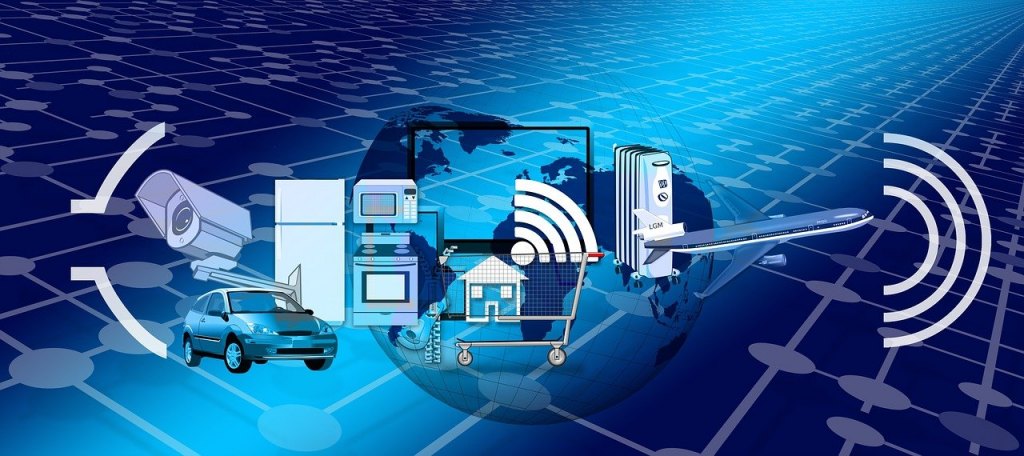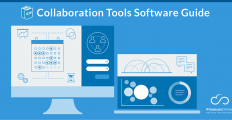
Source: pixabay
The IoT integration market refers to solutions that make it possible to connect a combination of IoT devices and cloud-based applications to an organization’s IT network. Seamless integration is crucial for software and hardware to function well together.
One study estimates that there will be more than 29 billion IoT devices in 2030. This is nearly three times the estimated 9.7 billion IoT devices in 2020. With no stagnation in sight for the number of IoT devices in the market, the growth of the IoT integration market is almost guaranteed. A new report released by Reportlinker estimates the global IoT integration market to reach $11.6 billion from 2022 to 2028 at a double-digit CAGR of 29.4%.
Disruptions in businesses and services brought about by the COVID-19 lockdowns caused organizations to delay IoT integration services. However, as the pandemic continued, governments and enterprises also realized that technology like the Internet of Things, artificial intelligence, and data analytics are necessary for business continuity and to respond effectively to issues during a global health crisis.
Though the IoT integration market experienced a slowdown at the start of the COVID-19 lockdowns, experts now believe that vendors providing IoT integration services would see new opportunities during the forecast period. The report cites remote work and the increased adoption of wireless technology as significant factors driving the market growth.
How IoT Integration Enables Remote Work in the New Normal
After two years of working from home offices due to the pandemic, employees are heeding the return-to-office mandates of their employers. But this doesn’t mean the end of remote work. Remote work trends indicate that 67% of United States companies have remained fully remote while 27% have adopted hybrid work setups and 6% mandate on-site operations.
In the backdrop of this new normal for work are the IoT devices that allow workers to accomplish their tasks without being physically present in the office. Particularly, businesses in labor-intensive industries will benefit the most from IoT and IoT integrations.
Healthcare, Manufacturing, and Supply Chain Industries
Healthcare providers, for instance, use IoT devices in telehealth services. They use wearables to remotely monitor their patients’ conditions. These devices can be used at home or in the hospital and deliver updates on a patient’s vital signs or other health markers. Physicians, nurses, or caregivers can make timely, data-driven decisions about the next best action/treatment for the patient, thanks to IoT devices.
On the other hand, manufacturing companies are also becoming more aware of using the Internet of Things to automate processes in their production. Sensors connected to cloud-based SaaS apps allow technicians, engineers, or maintenance staff to regularly check on equipment even if they’re working offsite. Since the person in charge has access to real-time data from their production floors, they can receive alerts and take swift action accordingly.
Businesses in logistics, shipping, or supply chain also rely on IoT devices and their integration into enterprise software and IT hardware for their daily operations. Purchasers or production managers can use IoT technology such as RFID (Radio Frequency Identification) to get real-time information on their assets as these travel through the supply chain. They can even go granular and check data such as the most efficient traffic routes, environmental temperature, and container integrity. International delivery services such as FedEx and DHL, for example, use IoT and cloud platforms to monitor their fleets and manage worldwide operations.






















Leave a comment!